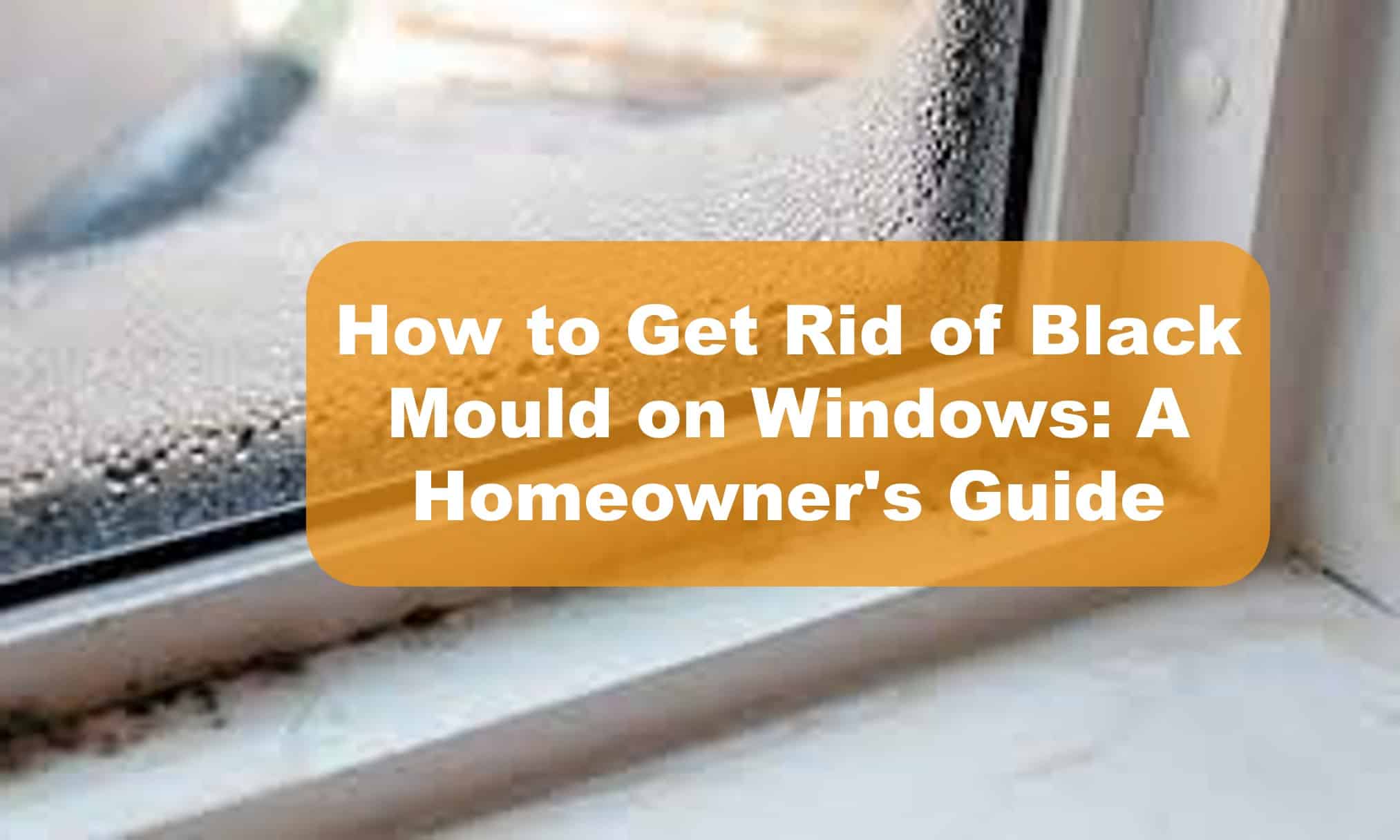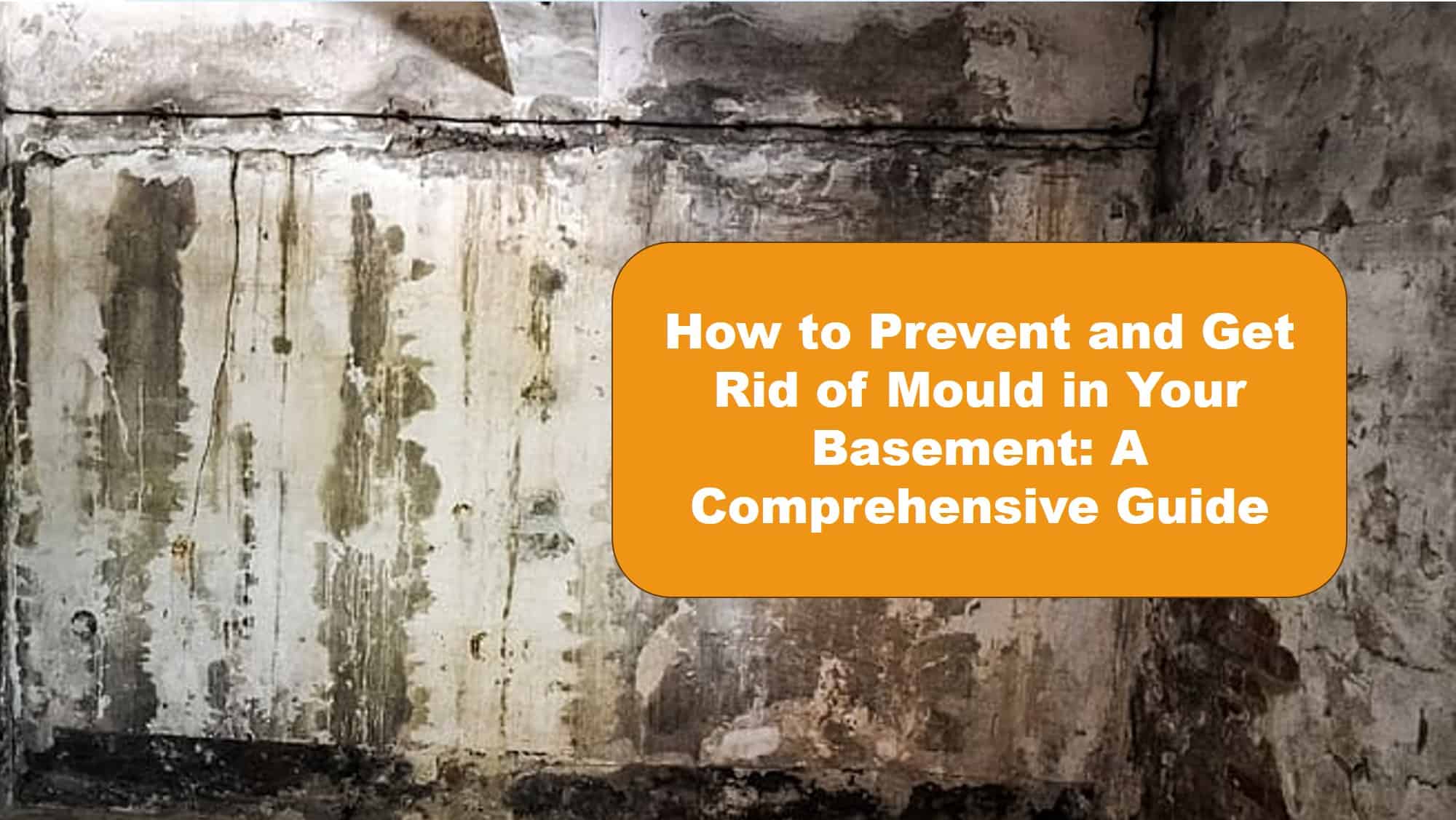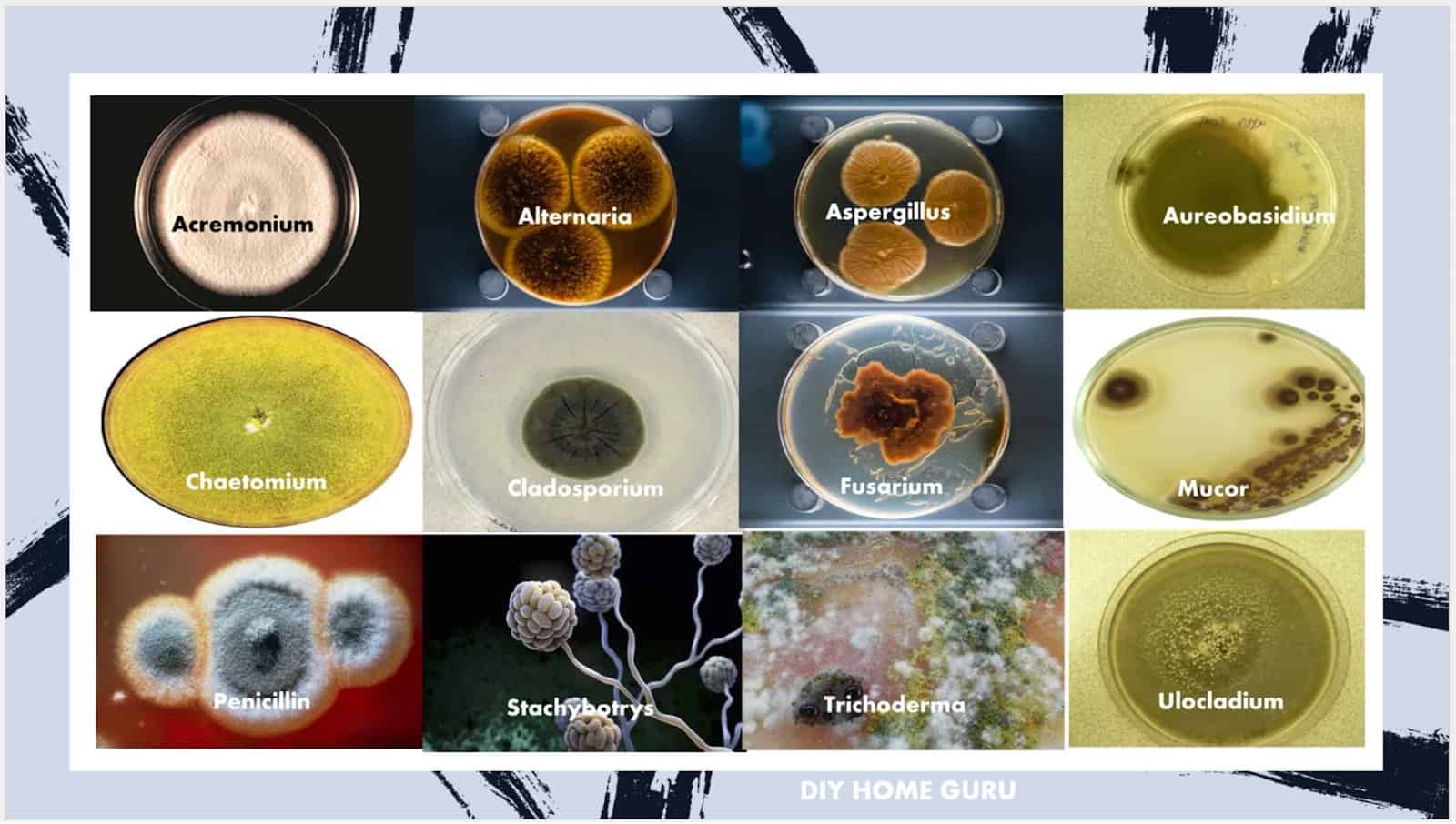Mold and mildew seem to be in love with the bathroom. It just can’t have enough of the warm, damp bathroom surfaces, especially bathrooms without an extractor fan or an open window.
One of the most likely areas in the bathroom for mold growth is the bathroom sealant. It is the last place to be dried after a shower or bath.
Black mold steaks make your bathroom tub and basins look uninviting. Remember that your guests will always judge your cleanliness based on the appearance of your kitchen and bathroom. Black mold on your sealant is not a vote of confidence.
It is therefore important to know how to remove mold from bathroom sealant before it leads to more serious problems.
Understanding the secrets of removing mold from bathroom sealant, and preventing it from ever forming in the first place is important to keeping your home in tip-top shape.
If you do not want mold to talk over your bathroom sealant here is a quick guide on how to remove it from bathroom sealant.
Can you remove black mold yourself?
In most cases, you can remove mold yourself using a homemade cleaning solution. Read the article on how to get rid of black mold naturally for some of these natural cleaning solutions.
I am here to help you learn how to spot, remove, and prevent mold from forming.
You can spot mold easily because it is the black mark you see around the tub. I searched for an effective way to get rid of black mold on bathroom sealant and came across this video from back in 2016.
This is how, Malcolm, suggested that we get rid of black mold without all the scrubbing. If you are in a rush the process is quite simple.
Grab and roll a few plies of toilet paper into a sausage shape, place it over the affected sealant and poor strong bleach on the paper, let the bleachy paper rest over the sealant for twelve hours.
After twelve hours remove the toilet paper with the bleach, wash and dry the area. You may need to repeat the process, as you see fit until the desired result is achieved.
How to Remove Mold From Bathroom Sealant In Easy Steps
Prevention is better than cure. It is better to prevent mold by ensuring that the bathroom is properly ventilated. If possible dry the tiles after each shower.
I know it is not practical for everyone because of our busy lifestyles. But the good news is you don’t need to live with the unsightly mold spores any longer as this simple process has been proven to work.
So here are the steps to get rid of mold from bathroom sealants in easy steps.
Safety is important when you are handling chemicals remember to were protective equipment – goggles to protect your eyes and glovers to protect your hands.
Step 1: Take two sheets of normal toilet roll, and roll the sheets up into a long thing roll and places it on the side of your tub (where you can see the mold).
Step 2: Pour bleach onto the black mold, strong bleach is good but the standard household can be effective as well.
Step 3: Take the roll of toilet paper and place it on the bleach to keep it positioned along the side of the bath to concentrate the liquid to the black mould area.
Step 4: Wait. After 12 hours peel back the toilet roll with a gloved hand (You have to protect your skin at all times). When you remove the tissue after 12 hours it is likely you’ll see pristine sealant.
Step 5: Repeat steps one to four if you did not achieve your desired result.
If you are allergic to bleach you can use any of the other methods in the article on how to get rid of black mold naturally.
What’s Bathroom Sealant?
In figuring out “how to remove mold from bathroom sealant” you may want to know what is bathroom sealant.
Bathroom sealant is a product used to cover gaps between the bathroom tub and the bathroom wall tiles and other bathroom fixtures.
The main purpose is to prevent water from making contact with the walls behind the sealant.
How to Prevent Bathroom Sealant Mold Reappearing
As stated before, mold grows vigorously in warm, damp environments.
So, now that the sealant in your bathroom is mold-free, here is how to prevent bathroom sealant mold from ever reappearing.
The best solution is to keep your sealant clean and dry. There are a number of steps you can take to keep the sealant dry.
After each should use a squeegee or towel to dry the bathtub and walls of any excess water.
You may also want to use your dryer instead of leaving damp towels or clothing in the bathroom.
If you have to wash try doing so during the day and dry the clothing outside or use the dryer as suggested before.
You need to also keep the humidity in the air low, opening a window or installing an exhaust fan would suffice.
Both of these methods will keep the bathroom well ventilated, lowering the chance of mold growth.
Other mold related questions
I’ve listed a number of questions below asked by the readers of DIY Home Guru. In order to provide as much help as possible, I will answer each question in specific future articles. The questions are:
- How to get rid of black mold in the shower
- How to get rid of black mold naturally
- How to get rid of black mold on wood
- How to get rid of black mold on walls
- how to get rid of black mold on windows
- How to get rid of black mold with bleach
- How to get rid of black mold on the ceiling
- How to get rid of black mold on the floor
- How to get rid of black mold on silicone
- How to Prevent and Get Rid of Mold in Your Basement
- how to get rid of black mold on washing machine seal
Conclusion
This question, How to Remove Mold From Bathroom Sealant?, comes up often and I have i did a good job in answering it.
You do not have to be skeptical, give the process a try before you replace the sealant around your bathroom tub or call in a professional mold removal expert.
Thanks for visiting DIY home guru.




